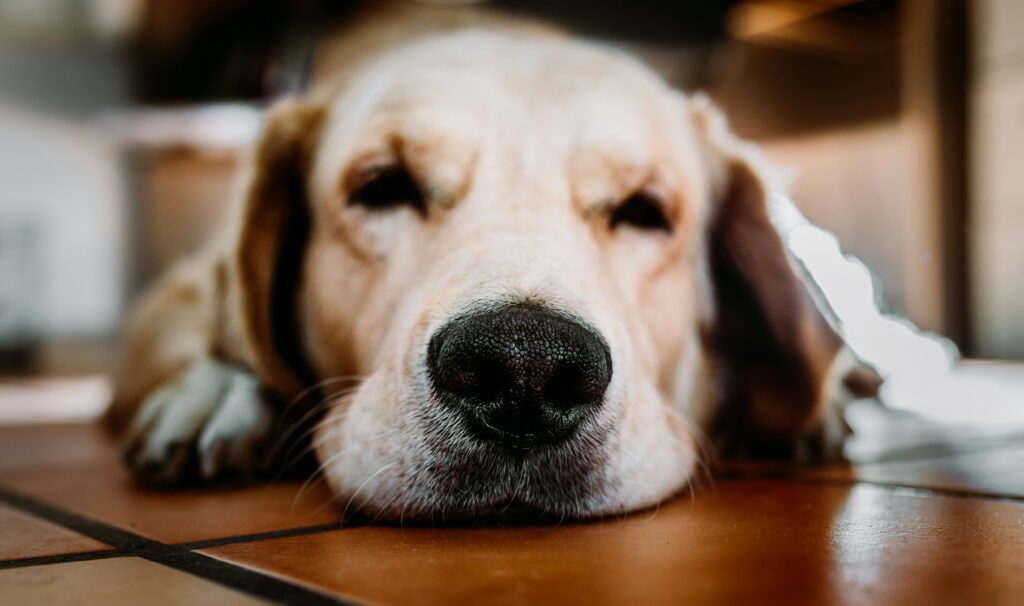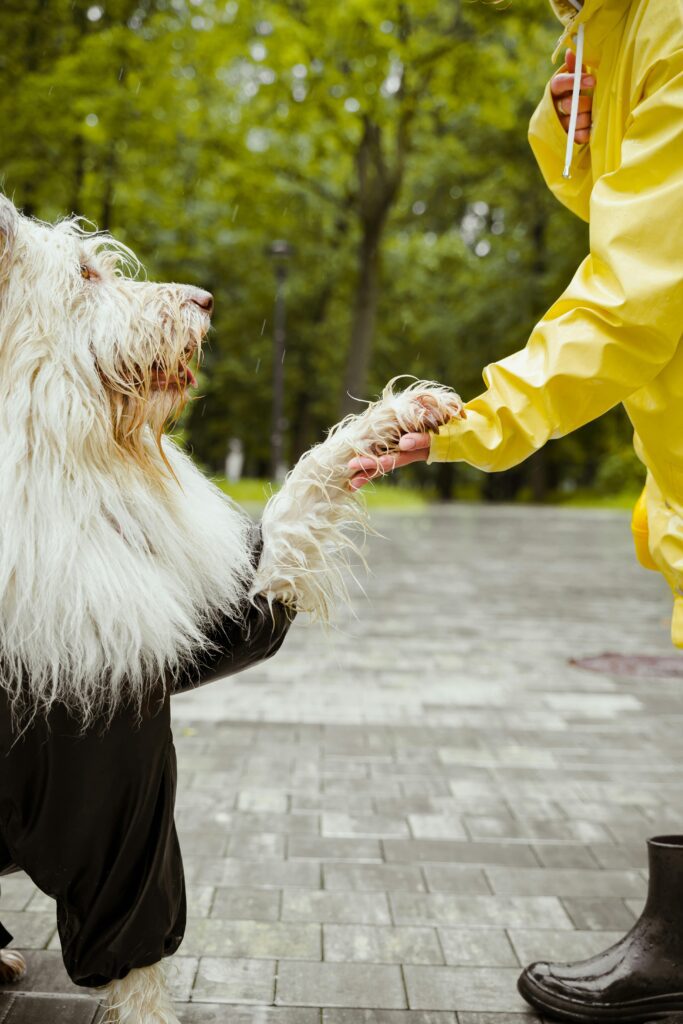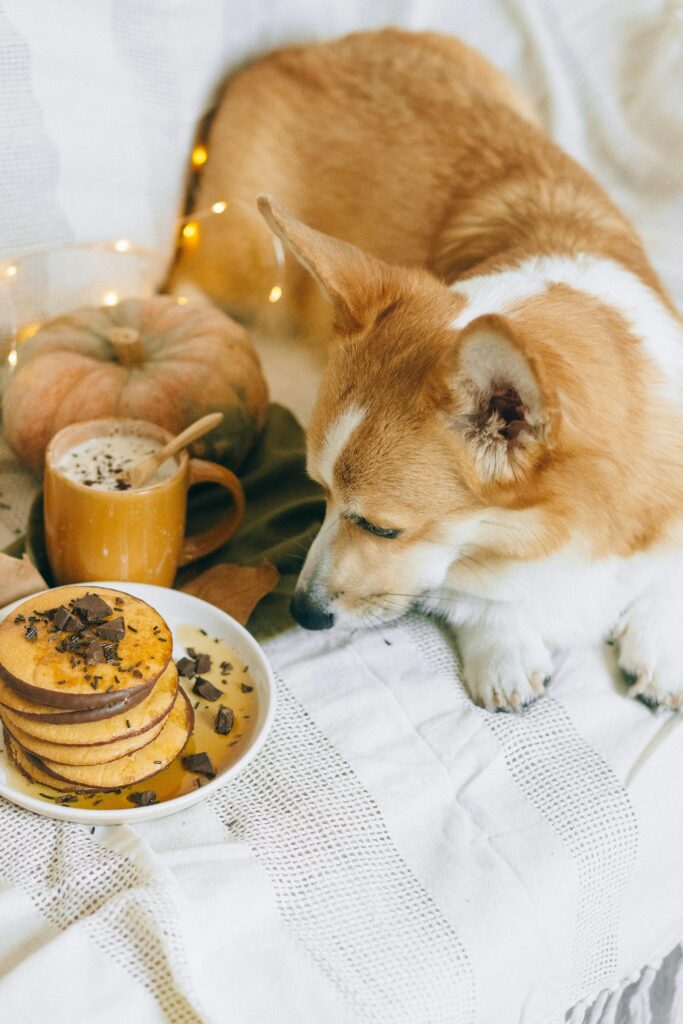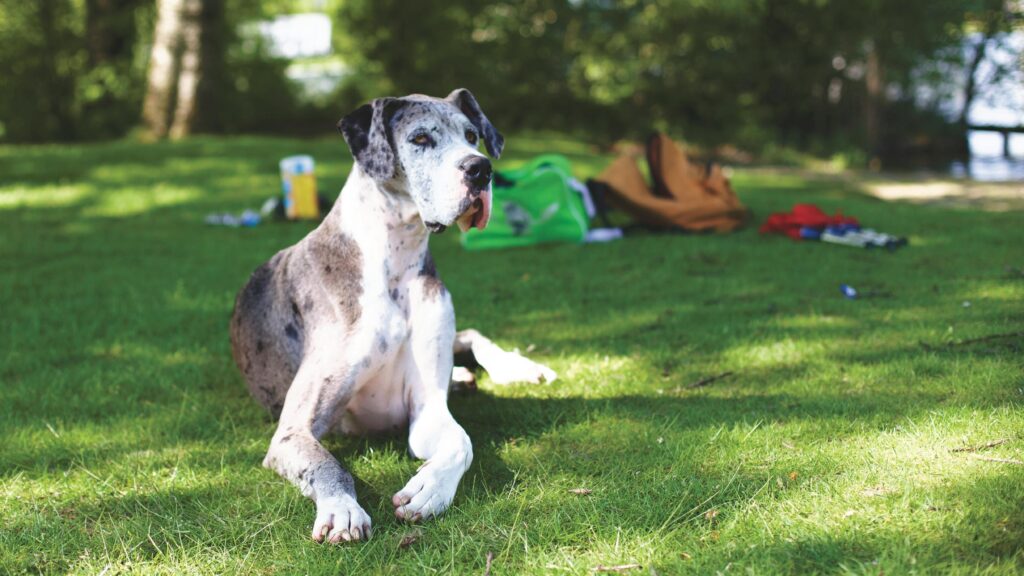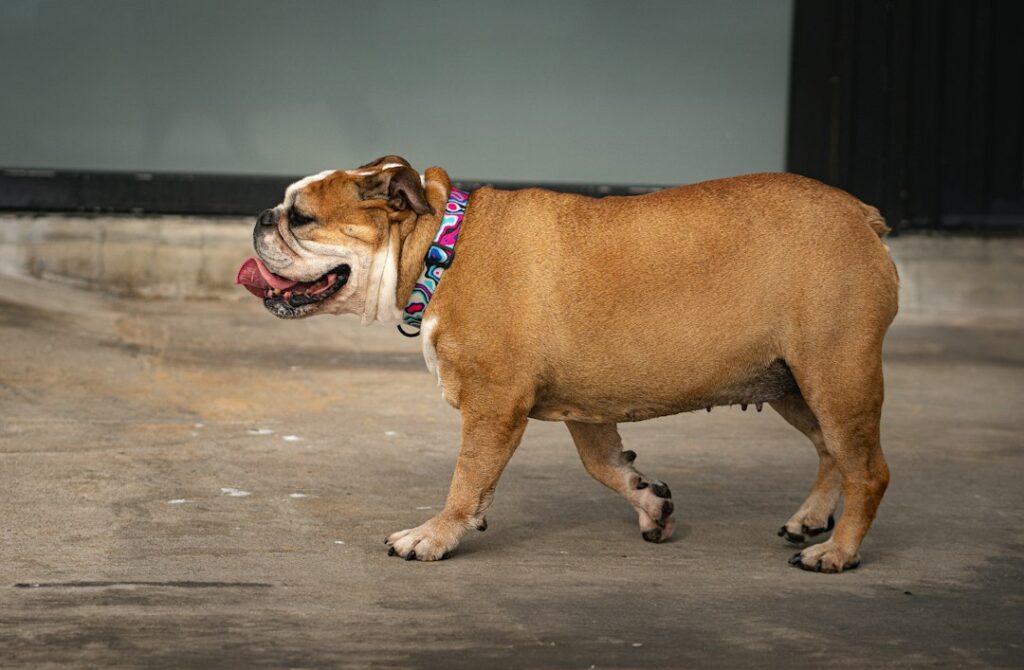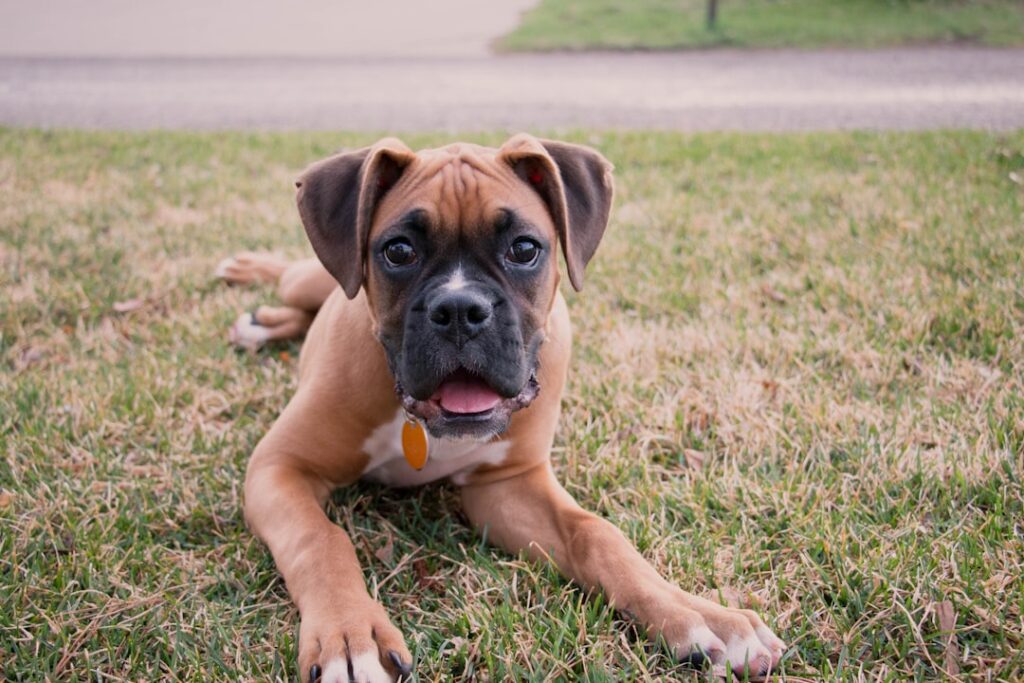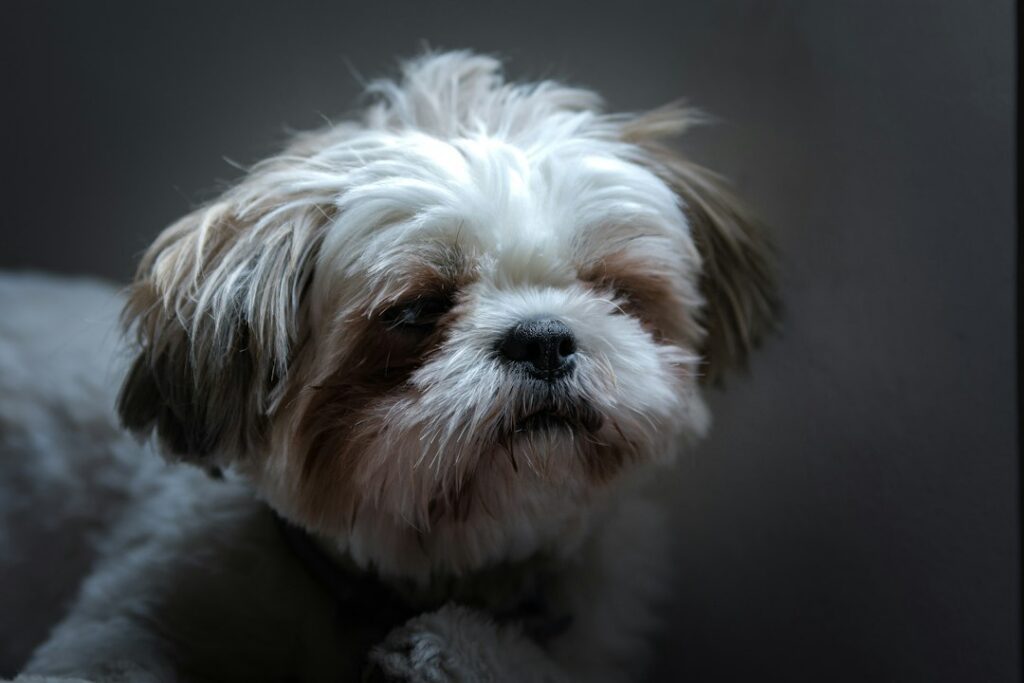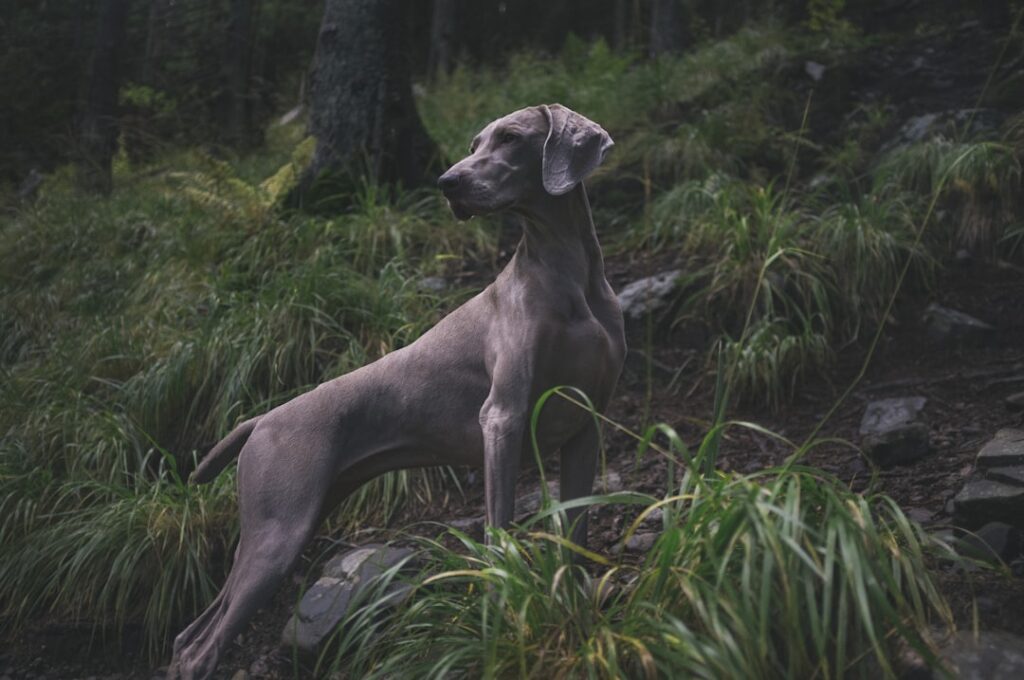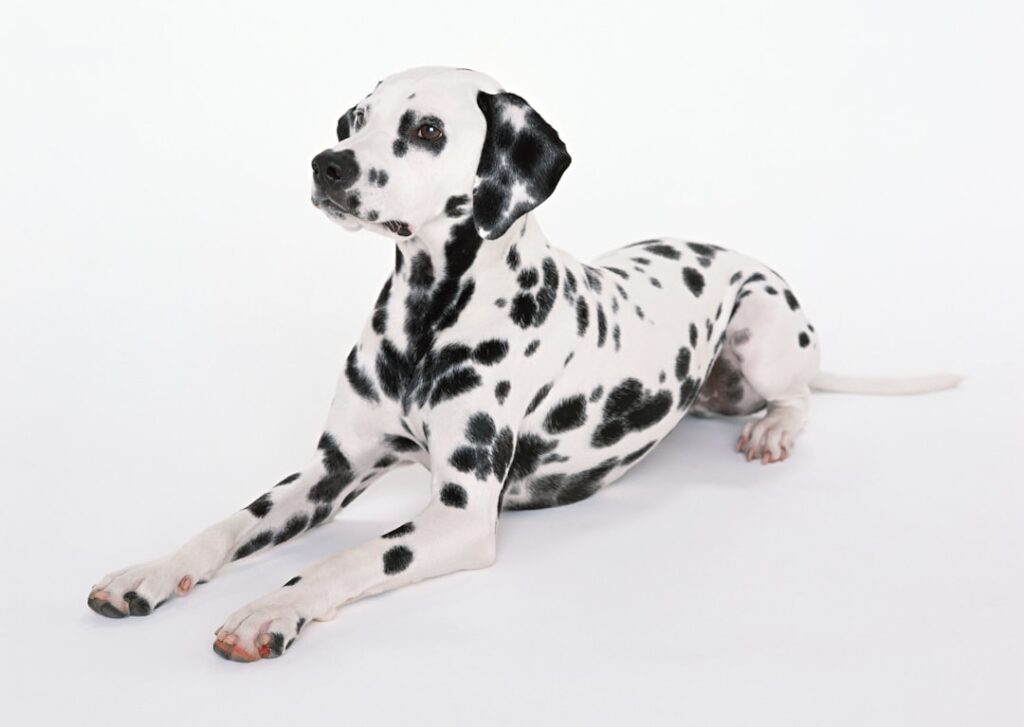Understanding Hip Dysplasia for Dogs
Hip dysplasia is a common condition that affects many dogs, especially larger breeds. It is a condition that affects the hip joint, causing pain, discomfort, and mobility issues for the affected dog. Understanding hip dysplasia is important for dog owners, as it can help them recognize the signs and symptoms early on and seek appropriate treatment. This article will provide a comprehensive overview of hip dysplasia in dogs, including its causes, symptoms, diagnosis, treatment options, and management strategies. What is Hip Dysplasia in Dogs? Hip dysplasia is a condition that affects the hip joint in dogs. It occurs when the ball and socket joint of the hip do not develop properly, leading to instability and abnormal wear and tear of the joint. This can result in pain, inflammation, and eventually arthritis. Hip dysplasia can affect dogs of all ages, but it is most commonly seen in large and giant breeds. The condition can range from mild to severe, with some dogs experiencing only minor discomfort while others may have difficulty walking or even become completely immobile. There are two main types of hip dysplasia: primary and secondary. Primary hip dysplasia is caused by genetic factors and is more common in certain breeds. Secondary hip dysplasia can be caused by environmental factors such as excessive growth or weight gain, as well as developmental factors such as improper nutrition or exercise during the dog’s early stages of life. Understanding the Causes of Hip Dysplasia in Dogs Hip dysplasia is a complex condition that can be caused by a combination of genetic, environmental, and developmental factors. Genetic factors play a significant role in the development of hip dysplasia. Certain breeds are more prone to the condition due to their genetics. Breeds such as Labrador Retrievers, German Shepherds, Golden Retrievers, and Rottweilers are among those commonly affected by hip dysplasia. These breeds have a higher prevalence of the genes associated with hip dysplasia, making them more susceptible to the condition. Environmental factors can also contribute to the development of hip dysplasia. Excessive growth or weight gain during the puppy stage can put added stress on the developing hip joint, leading to instability and abnormal wear and tear. Overfeeding, rapid growth, and excessive exercise can all contribute to the development of hip dysplasia in susceptible dogs. Developmental factors, such as improper nutrition or exercise during the early stages of a dog’s life, can also contribute to the development of hip dysplasia. Puppies that are fed a diet lacking in essential nutrients or are not given appropriate exercise may not develop strong muscles and ligaments around the hip joint, leading to instability and increased risk of hip dysplasia. Common Breeds Prone to Hip Dysplasia While hip dysplasia can affect dogs of any breed or size, certain breeds are more prone to the condition due to their genetics. Some of the most commonly affected breeds include Labrador Retrievers, German Shepherds, Golden Retrievers, Rottweilers, Great Danes, Saint Bernards, and Bulldogs. These breeds have a higher prevalence of the genes associated with hip dysplasia, making them more susceptible to the condition. It is important for owners of these breeds to be aware of the signs and symptoms of hip dysplasia and take appropriate measures to manage and treat the condition if it arises. Symptoms and Signs of Hip Dysplasia in Dogs The signs and symptoms of hip dysplasia can vary depending on the severity of the condition. Some dogs may show only mild discomfort or stiffness, while others may have difficulty walking or become completely immobile. Behavioral changes are often one of the first signs that a dog may be experiencing hip dysplasia. Dogs may become less active, reluctant to exercise, or have difficulty getting up or down stairs. They may also show signs of pain or discomfort when touched or when attempting to move. Physical changes can also be observed in dogs with hip dysplasia. The affected hip joint may appear larger or more prominent than the other side. Dogs may also have a swaying gait or a bunny hop-like movement when walking or running. Muscle atrophy in the hind legs is also common in dogs with hip dysplasia. Pain and discomfort are common symptoms of hip dysplasia. Dogs may show signs of pain when standing up, lying down, or during exercise. They may also have difficulty jumping or climbing stairs. In severe cases, dogs may become completely immobile and unable to bear weight on their hind legs. Diagnosing Hip Dysplasia in Dogs If you suspect that your dog may have hip dysplasia, it is important to seek veterinary care for a proper diagnosis. The veterinarian will perform a physical examination and may recommend further diagnostic tests to confirm the presence of hip dysplasia. During the physical examination, the veterinarian will assess your dog’s gait, range of motion, and overall condition. They will also palpate the hip joints to check for any abnormalities or signs of pain. X-rays are the most common diagnostic tool used to confirm the presence of hip dysplasia. X-rays can show the degree of joint laxity, the presence of arthritis, and any other abnormalities in the hip joint. Sedation or anesthesia may be necessary to obtain clear and accurate x-ray images. In some cases, additional diagnostic tests such as CT scans or MRI may be recommended to further evaluate the condition of the hip joint and surrounding structures. Treatment Options for Hip Dysplasia in Dogs Treatment options for hip dysplasia in dogs depend on the severity of the condition and the individual needs of the dog. The goal of treatment is to reduce pain, improve mobility, and slow down the progression of the disease. Medications such as non-steroidal anti-inflammatory drugs (NSAIDs) may be prescribed to help manage pain and inflammation associated with hip dysplasia. These medications can provide temporary relief but do not address the underlying cause of the condition. Supplements such as glucosamine and chondroitin sulfate may also be recommended to support joint health and reduce inflammation. These supplements can help improve
Understanding Hip Dysplasia for Dogs Read More »

